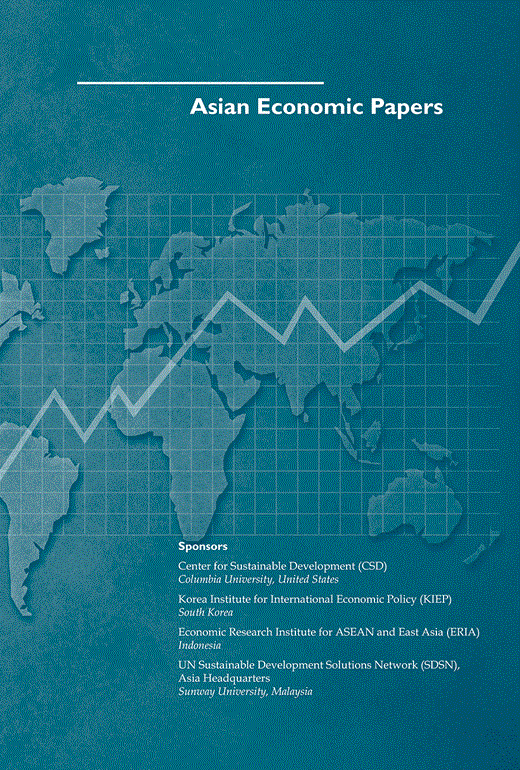宏观经济影响 全球人口变化:以澳大利亚为例*
IF 5.3
3区 经济学
Q1 ECONOMICS
引用次数: 1
摘要
摘要本世纪世界将经历巨大的人口结构变化。本文在全球多地区、多部门的总体均衡模型中考察了全球人口结构变化对澳大利亚经济的总体和部门影响。使用详细的结构模型,我们模拟了世界经济中六个地区的人口冲击以及澳大利亚自身的人口冲击,以调查它们对澳大利亚宏观经济状况、经济结构和贸易模式的影响。研究结果表明,世界经济不同地区的人口结构变化将对澳大利亚各部门产生不同的影响,这取决于澳大利亚与其他地区之间的贸易模式。澳大利亚的能源、采矿和耐用制造业受到的影响最大。中国、日本和韩国的人口变化对澳大利亚产生了重大的负面影响,但新兴亚洲的积极人口冲击在一定程度上抵消了这些冲击。世界其他地区对澳大利亚GDP的总体影响在数量上可以忽略不计,但对实际利率和贸易平衡的影响是显著的。全球人口结构的变化将在未来20年提高澳大利亚的实际利率,前提是新兴国家可以进入全球资本市场并利用其人口红利。本文章由计算机程序翻译,如有差异,请以英文原文为准。
Macroeconomic Impacts of Global Demographic Change: The Case of Australia*
Abstract The world will experience dramatic demographic change over this century. This paper examines the impacts of the global demographic change on the Australian economy at both aggregate and sectoral levels in a global multi-region and multi-sector general equilibrium model. Using a detailed structural model, we simulate demographic shocks of six regions in the world economy as well as Australia's own demographic shock to investigate their impacts on Australian macroeconomic conditions, economic structure, and trade patterns. The results suggest that demographic change in different regions of the world economy will have different impacts on sectors in Australia depending on trade patterns between Australia and other regions. The energy, mining, and durable manufacturing sectors in Australia are the most affected. Demographic change in China, Japan, and Korea has significant negative impacts on Australia, but partly offsetting these shocks are positive demographic shocks from emerging Asia. The overall impact of the rest of the world on Australian GDP is quantitatively negligible, but the impacts on the real interest rate and trade balances are significant. Global demographic change increases Australian real interest rates in the next two decades on the assumption that emerging countries can access global capital markets and take advantage of their demographic dividends.
求助全文
通过发布文献求助,成功后即可免费获取论文全文。
去求助
来源期刊

Asian Economic Papers
ECONOMICS-
CiteScore
7.50
自引率
0.00%
发文量
16
期刊介绍:
The journal Asian Economic Papers (AEP) is supported by several prominent institutions, including the Center for Sustainable Development at Columbia University in the United States. This shows that there is a strong emphasis on sustainable development within the journal's scope. Additionally, the Korea Institute for International Economic Policy in South Korea, the UN Sustainable Development Solutions Network (SDSN) in Malaysia, and the Economic Research Institute for ASEAN and East Asia in Indonesia also sponsor AEP. The articles published in AEP focus on conducting thorough and rigorous analyses of significant economic issues pertaining to specific Asian economies or the broader Asian region. The aim is to gain a deeper understanding of these issues and provide innovative solutions. By offering creative solutions to economic challenges, AEP contributes to the discourse and policymaking that impact the Asian economies and region as a whole.
 求助内容:
求助内容: 应助结果提醒方式:
应助结果提醒方式:


